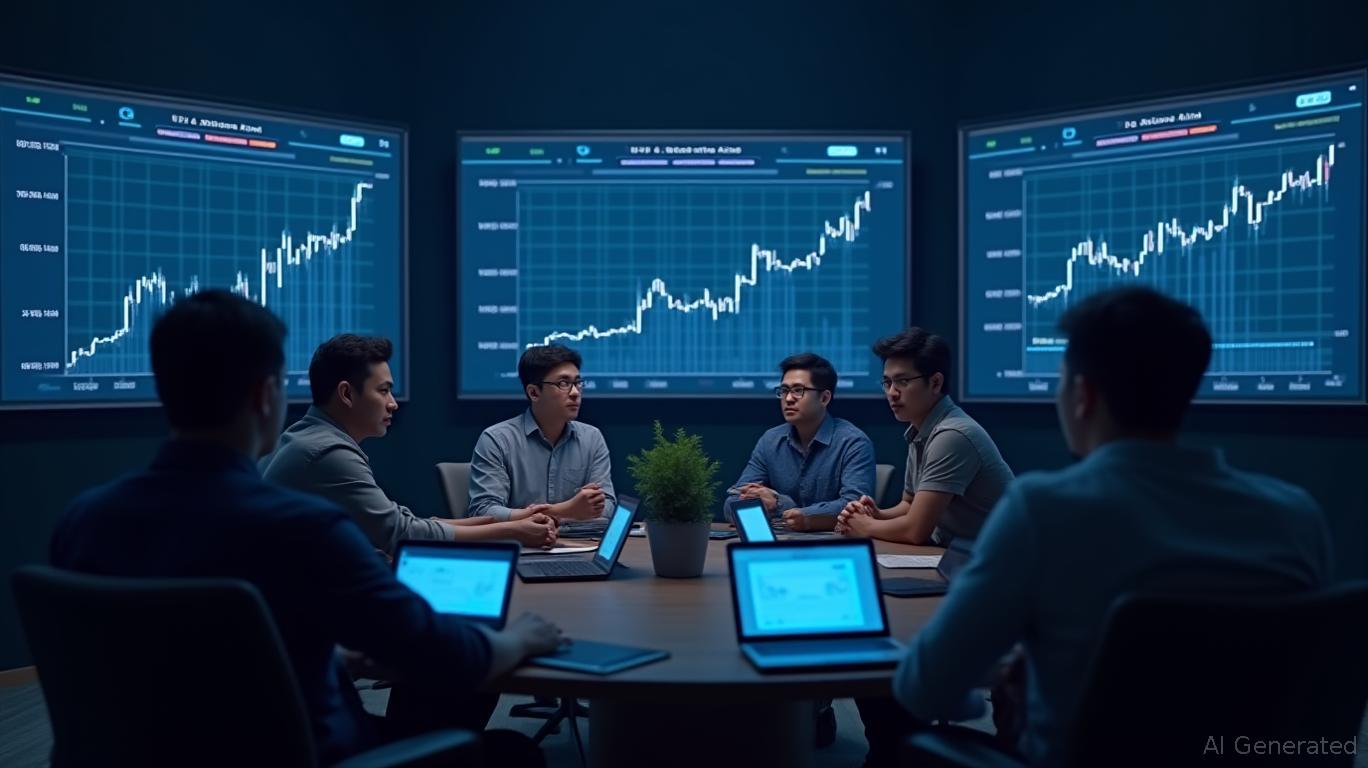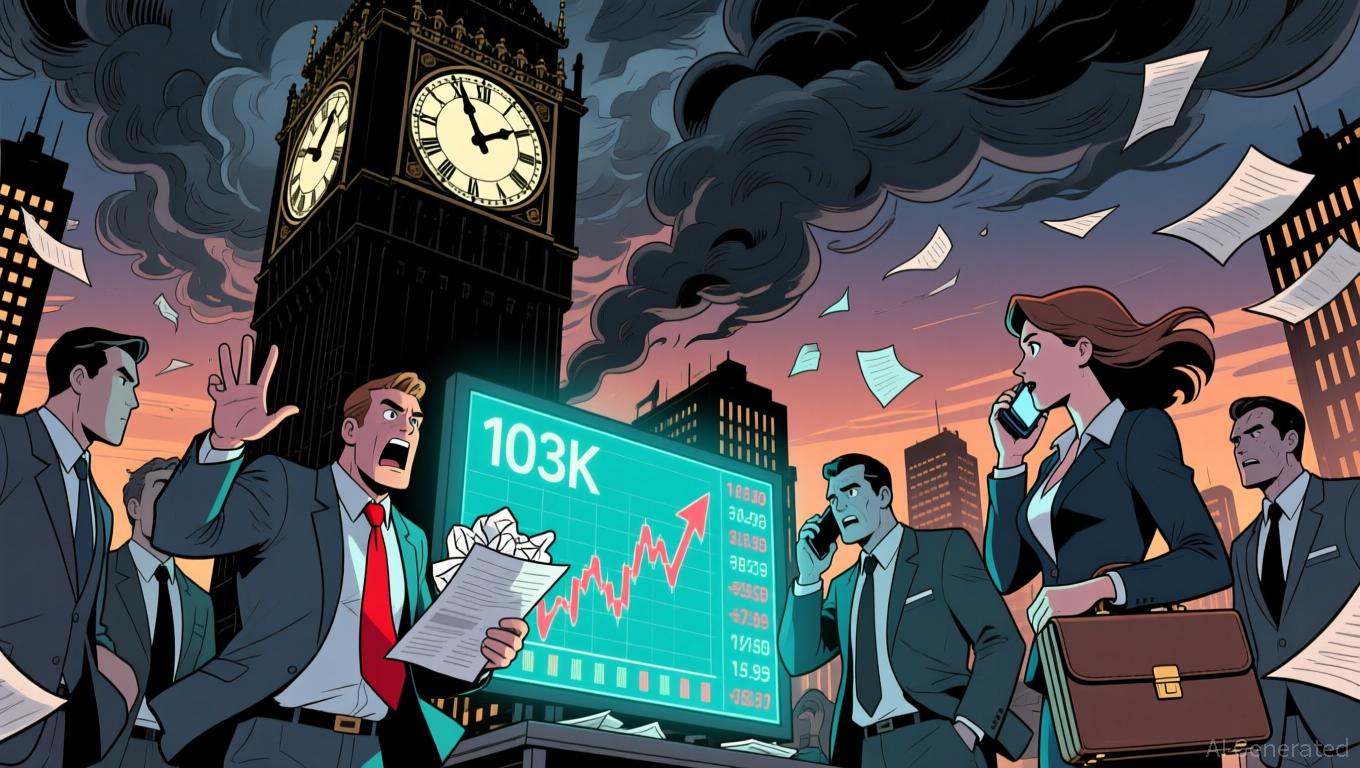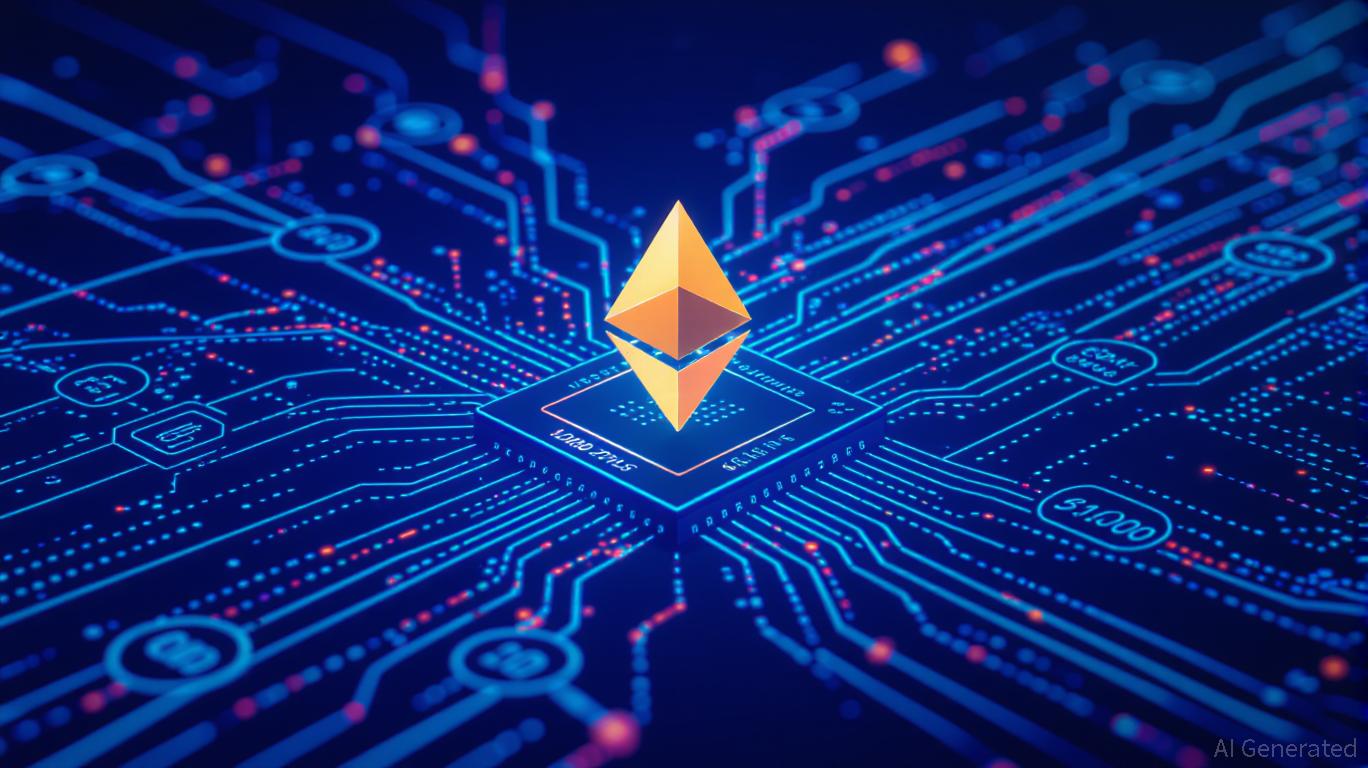DeFi Adopts Business Strategies: $1.4 Billion in Buybacks Target Token Price Stability
- Ether.fi's DAO approved a $50M token buyback program to stabilize ETHFI prices below $3, joining DeFi's $1.4B 2025 buyback trend. - Dynamic on-chain repurchases use treasury reserves, aiming to reduce supply and create price floors during weak demand periods. - The initiative mirrors corporate finance strategies, with projects like Aave and OpenSea allocating billions to align tokenholder value with protocol growth. - Transparent execution via Dune Analytics dashboard addresses governance concerns, thoug
The Ether.fi (ETHFI) community has given the green light to a $50 million token repurchase plan, representing the latest example of decentralized finance (DeFi) platforms adopting buyback mechanisms to help steady prices and reinforce investor trust. The proposal, which passed unanimously during a four-day Snapshot poll, will be triggered if the
Strategic Buyback Approach

The Ether.fi DAO proposal introduces a flexible buyback system that responds to market dynamics rather than adhering to a set timetable. Under this plan, the Ether.fi Foundation is permitted to use treasury assets to purchase ETHFI tokens whenever the price dips below $3, up to a $50 million ceiling. The strategy is designed to shrink the circulating supply, improve liquidity, and establish a price floor during times of low demand. The foundation also intends to increase buyback capacity in line with protocol earnings, ensuring that excess revenue is reinvested to bolster market stability.
This initiative builds upon earlier buyback successes under Proposals 8 and 10, which, according to
Expanding DeFi Buyback Movement
Ether.fi’s decision highlights a broader industry trend of treating DeFi protocols as revenue-driven enterprises. For example, Aave DAO recently introduced a $50 million yearly buyback plan funded by protocol fees, and NFT marketplace OpenSea intends to use half of its revenue for token repurchases. This approach mirrors conventional corporate finance, where buybacks are seen as a sign of financial strength and help align protocol growth with tokenholder interests.
CoinGecko’s research points to a rapid increase in DeFi buybacks, which have reached $1.4 billion in 2025 as protocols seek to manage secondary-market volatility. Projects like Hyperliquid and Pump.fun have joined this trend, with Pump.fun alone buying back $19.6 million worth of PUMP tokens. Collectively, these actions reflect a maturing DeFi sector that is prioritizing sustainable value creation over speculative cycles.
Governance and Implementation
Once the price condition is met, the buyback program proceeds without further governance intervention, with purchases carried out either on open markets or through specified on-chain platforms. All buyback transactions will be viewable on Ether.fi’s Dune Analytics dashboard to ensure transparency. Nonetheless, some critics have voiced concerns about potential execution risks, such as market manipulation and whether funding can remain sustainable as the protocol expands.
The Ether.fi Foundation has reiterated its intention to scale up buyback activity as revenues increase, provided ETHFI stays below the $3 threshold. This adaptive strategy is designed to offer immediate market support while maintaining long-term fiscal discipline—an important balance for protocols operating in the unpredictable crypto environment.
Outlook
With ETHFI currently trending downward and finding short-term support at $1.05, analysts believe that a move above this level could propel the token toward $1.26, in line with key technical signals. The buyback initiative, together with Ether.fi’s strong revenue streams, could reignite investor interest, especially if the broader DeFi market stabilizes.
As DeFi protocols continue to refine how they allocate capital, Ether.fi’s $50 million buyback stands out as an example of using treasury assets to align protocol outcomes with tokenholder interests—a strategy that may shape future governance models across the industry.
---
Disclaimer: The content of this article solely reflects the author's opinion and does not represent the platform in any capacity. This article is not intended to serve as a reference for making investment decisions.
You may also like
Bitcoin News Update: Bitcoin’s Drop to $100k Highlights Short-Term Anxiety Versus Enduring Confidence from Institutions
- Bitcoin fell below $100,000 in Nov 2025 amid geopolitical tensions and profit-taking, wiping $1.3B in crypto liquidations. - Technical indicators showed bearish momentum, with whales selling 38.4k BTC while retail traders bought 415 BTC. - Michael Saylor predicted $150k BTC by year-end, citing institutional adoption, as investors shifted to altcoins like AlphaPepe. - Miners like MARA doubled Bitcoin reserves in Q3, but stocks dipped amid macroeconomic uncertainties and volatile price swings.

Vitalik Buterin Backs ZKsync: Driving Layer 2 Expansion and Unlocking Investment Opportunities
- Vitalik Buterin's endorsement of ZKsync's Atlas upgrade validates its technical innovation, boosting institutional interest and investor confidence. - The upgrade enables direct Ethereum liquidity access, achieving 15,000+ TPS and near-zero fees, positioning ZKsync as a key Layer 2 infrastructure. - Buterin's backing triggered a 120% token price surge and $600M market cap, highlighting its potential to dominate Ethereum's scaling solutions. - ZKsync's tokenomics overhaul prioritizes buybacks and staking

Zuckerberg: *The Social Network* Captured My Mannerisms, But Not My Life
- Mark Zuckerberg praised *The Social Network* for accurately replicating his Harvard-era casual style, including owned T-shirts and fleece jackets. - He criticized the film's narrative, calling its portrayal of his Facebook motivations and fabricated romantic subplot "completely wrong." - Zuckerberg highlighted Hollywood's struggle to grasp tech entrepreneurship's intrinsic appeal, emphasizing real-world innovation vs. dramatization. - Despite narrative disagreements, he bought the film's iconic "Ardsley

Zcash Halving Scheduled for November 2025: Triggering Market Fluctuations and Attracting Speculative Investments
- Zcash's November 2025 halving will cut miner rewards by 50%, mirroring Bitcoin's deflationary model and tightening supply. - Historical data shows post-halving price surges, with Zcash's price rising 472% since October 2025 amid $137M institutional inflows. - Privacy-centric features (30% shielded supply) and speculative demand drive volatility, but regulatory risks and competition pose challenges. - Market dynamics highlight tension between scarcity-driven optimism and macroeconomic uncertainties affect
